 [Today, April 13, the Arizona-born and bred photographer, painter, performance artist, and educator Allen A. Dutton celebrates his 93rd birthday. For that occasion, I thought I’d offer here my introduction to his 2013 monograph, Real to Surreal — which you can order from Dutton himself (through Amazon).
[Today, April 13, the Arizona-born and bred photographer, painter, performance artist, and educator Allen A. Dutton celebrates his 93rd birthday. For that occasion, I thought I’d offer here my introduction to his 2013 monograph, Real to Surreal — which you can order from Dutton himself (through Amazon).
Let me add that, while he didn’t take umbrage, Allen seemed genuinely surprised that I would consider him eccentric; hence the dictionary definition that serves as the essay’s epigram. — A. D. C.]
•
Full of Surprises:
The Photographs of Allen A. Dutton
ec·cen·tric (ikˈsentrik), adjective
1 a: deviating from an established or usual pattern or style; b: deviating from conventional or accepted usage or conduct, especially in odd or whimsical ways; 2 a: deviating from a circular path; b: located elsewhere than at the geometrical center
The late jazz critic and cultural journalist George Frazier once wrote something to the effect that you can measure the greatness of a culture by the way it treats its eccentrics. As with a culture, so with a microculture, such as the world of photography.
Photography doesn’t lack for eccentrics, past or present. Think of Julia Margaret Cameron mussing Tennyson’s hair and posing him as “The Mad Monk”; Edward James Muggeridge, murdering his wife’s lover and changing his name to Eadweard Muybridge on the advice of a numerologist; Sadakichi Hartmann, the “King of Bohemia,” parading through Greenwich Village in his cape, ending up living on an Indian reservation; Diane Arbus, fascinated by the physically and psychologically different among us; Joel-Peter Witkin arranging elaborate still lifes with cadavers in morgues. For that matter, think of generation after generation of photographers choosing a life that involved spending endless hours alone in the dark with the water running.
No shortage of eccentricity round these parts, with tolerance the predominant response. But Allen A. Dutton must rank near the top of any carefully considered list.
By definition, true eccentrics get marginalized, or marginalize themselves, positioning themselves away from “the geometrical center,” whether that’s a literal or a figurative location. In Dutton’s case, both apply. Geographically, Dutton’s distance from the mainstream seems a simple matter of the apple falling close to the tree. Born in Kingman, Arizona in 1922, he studied art in Los Angeles, served in the U.S. Army in North Africa during World War II, then returned to Arizona, where he’s resided ever since, never more than a few hundred miles from his hometown.
 Yet that doesn’t make him either a naïf or an outsider artist. Influenced in adolescence by the Surrealists, college-educated as a painter and sculptor, a student of history, widely read, politically left-leaning, self-taught as a photographer yet founder of an early post-secondary program in photography (at Phoenix College), for decades an active member of the Society for Photographic Education, personally acquainted with many of the medium’s major figures, owner of a professional photo studio (whose darkroom he sold to a former student, Nick Nolte), Dutton typifies the teaching artists of his generation who established photography as a legitimate discipline within the academic environment.[1]
Yet that doesn’t make him either a naïf or an outsider artist. Influenced in adolescence by the Surrealists, college-educated as a painter and sculptor, a student of history, widely read, politically left-leaning, self-taught as a photographer yet founder of an early post-secondary program in photography (at Phoenix College), for decades an active member of the Society for Photographic Education, personally acquainted with many of the medium’s major figures, owner of a professional photo studio (whose darkroom he sold to a former student, Nick Nolte), Dutton typifies the teaching artists of his generation who established photography as a legitimate discipline within the academic environment.[1]
As an emerging photographer in the 1950s, Dutton’s almost immediate commitment to the large-format 8×10 view camera placed him outside the small-camera street-photography mode of the east coast and squarely in the camp of the “rocks and roots” west coast tradition. When he began his work in photography, Edward Weston, primogenitor of that mode, still lived, though suffering from Parkinson’s disease and no longer active; and Ansel Adams, who would carry forward the torch of the Group f/64 tradition, was at the top of his game and already en route to becoming the iconic “Mr. Natural” of American landscape photography.
But while Adams would grow rich and famous over the ensuing decades, and the “purist” or “straight” aesthetic he and Weston promulgated would continue to attract adherents (it still does), the mode itself had already begun to attenuate and devolve from germinal idea into mere style, all time-consuming craft and predictability, photography’s equivalent of hand-thrown pottery. Even in some of his early works in this genre one can see Dutton chafing at its restrictions, finding natural configurations that, interpreted through the camera and film, evoked anthropomorphic impulses in himself and the viewer.
In this his obvious precursor was Clarence John Laughlin, with whom Dutton shared other inclinations, including that of working directorially — animating an uninhabited space, staging a theatrical event, and evoking a performance for the purpose of making images thereof. Laughlin haunted his decrepit antebellum Mississippi mansions with veiled and shrouded female figures. Dutton set off timed explosions for a spell, but then began to populate the barren southwestern outback with naked women, initially posing them as conventional nudes but gradually turning them into cavorting muses and gallivanting goddesses, complete with absurd props. Like Laughlin, he also began to indulge a tendency to give his works provocative, evocative titles, and to append to them elaborate narrative captions.
Adding to this, Dutton started to double or “flop” his negatives so that one side of the print mirrored the other; to use that technique to disguise some extremely private parts of the body, often conflating one part of the anatomy with another; and to combine those methods with photocollage: cutting up prints, adhering portions of one or more images to another, then photographing the remix and making seamless prints from the resulting copy negative.[2]
All of these techniques had their antecedents in photography and photo-based art, from Hannah Höch and John Heartfield to Tilo Keil and Dora Maar. Like them, Dutton operated in the overlapping territories of the surreal and the grotesque.[3] But no one at the time considered any of those precursors central to photography; they ranked as little more than footnotes, if that.
As icing on the cake, Dutton’s a humorist; and, at the time, while creative photography came in a variety of flavors, funny wasn’t on the menu. So, far more than his place of residence, his approaches to praxis identified Dutton as an outlier — or, in the language of the era, merely an oddball. His 1977 monograph, A. A. Dutton’s Compendium of Relevant but Unreported Twentieth Century Phenomena, with Contributions by Renown Authorities,[4] which skimmed off the cream of that portion of his oeuvre, went widely unreviewed, thus remaining an underrecognized classic, along with its noteworthy predecessor, The Great Stone Tit.[5]
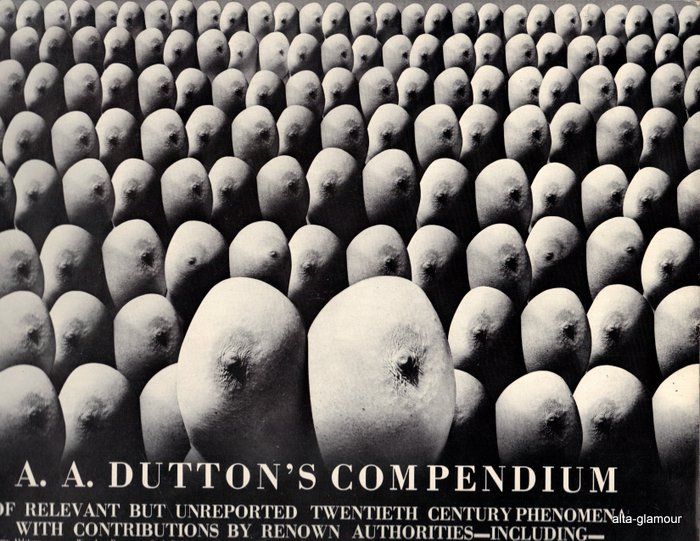
“A. A. Dutton’s Compendium. of Relevant but Unreported Twentieth Century Phenomena with Contributions by Renown Authorities” (1977), cover
That work of Dutton’s began to circulate in the 1960s, linking him to a cohort in photography that, collectively, challenged the photo establishment’s dictates regarding acceptable subject matter and content while, simultaneously, extending the range of approved craft practices. This put him in the company of Jerry Uelsmann, Les Krims, Arthur Tress, Bea Nettles, and other transgressive spirits expanding the definition of photography. But Dutton further complicated the field’s understanding of him by interspersing his work in photocollage with a diverse group of “straight” photography projects.
Among these we can count his series of desert nudes, “Hide and Seek”; a set of nude studio portraits of men and women; exuberant outdoor female nudes, some involving abundantly fleshy models; and a “rephotography” project for which he revisited the sites of historic photographs of his home state and replicated those vistas, publishing a selection of the juxtapositions from this 25,000-image archive in 1981 as Arizona Then and Now[6] and another as Phoenix: Then and Now in 1984.[7] He’s even gone back to rephotograph spaces and places he himself photographed decades ago.[8] There’s also a documentary project in which he photographed many street corners in Arizona towns, and another portraying the residents of Sun City, Arizona, a retirement community.
And that’s not counting the extensive writings, including three unpublished novels; films; and a multimedia performance piece in which, with photographs, paintings, and slide-illustrated public lectures, Dutton offered up first-person accounts of life on the fictional “Rockin’ A. D. Ranch” in Yavapai County, established to breed rhinoceri in southwestern Arizona’s veldt, training them for such tasks as cutting other rhinos out of the herd — convincing enough that the late Sen. Barry Goldwater wrote to inquire about particulars.
Most of these projects spanned years, and ran concurrently with each other. However one categorized him at any given moment, some other facet complicated or even contradicted the label. A man full of surprises, in other words. Not at all surprising, then, that though Dutton has been exhibited, published, and collected internationally, the photo world, the art world, and more broadly American culture have had a hard time grappling with this decidedly native son.
•
In 1980 I curated an exhibition of photographs at the Snug Harbor Cultural Center on Staten Island, in the heart of my own community. I conceived a group show bringing together five very different photographers I considered masters of gelatin-silver printing: Dutton, Roy DeCarava, Richard Kirstel, Michael Martone, and Julio Mitchel, each represented by extended thematic groups of prints. I titled the show “Silver Sensibilities.”
For Dutton’s segment I chose his “Hide and Seek” series (you’ll find samples elsewhere in this book). They appear at first and even fourth glance as unpopulated southwestern landscapes, studies of hills dotted with cacti and saguaro, scale indeterminate, reminiscent of several vistas by Frederick Sommer, another noted Arizona recluse. However, in each case careful study of Dutton’s prints reveals a minute unclothed female figure lurking somewhere in that seemingly undifferentiated field of stone, sand, and plant life — Dutton’s idiosyncratic mash-up of Sommer and “Where’s Waldo”?
Not trusting Snug Harbor’s visitors to spend enough time with the prints to discover this on their own, I posted a small notice to that effect next to them. As a result, from the morning after the opening through the end of the show’s run, the gallery staff told me that they had to clean the protective glass over each of Dutton’s pictures at least once a day — attendees covered them with fingerprints as they worked to locate these minuscule nudes.[9] As this suggests, Dutton’s work both asks for and rewards close, patient scrutiny and prolonged attention. [Spoiler alert: The jpeg of the example above won’t get large enough for you to find her — but she’s in there somewhere, I guarantee.]
In 1982 Allen Dutton retired from his teaching job at Phoenix College, in order to devote himself full-time to his creative work. Thirty-one years later, at the age of 91, he’s still at it, not nearly finished. The world hasn’t caught up with him yet. One day it will.
•
Notes:
[1] See his extensive “Field Notes” at the end of this volume — not actually field notes, made shortly after exposure, but memoirs. See also the interview with Dutton conducted by the late critic and historian Bill Jay, originally published in The British Journal of Photography, August 13, 1981.
[2] Dutton refers to these as “photomontages,” but technically that’s incorrect. For a discussion of the significant differences between these two forms, see my essay “Mutant Media: Photo/montage/collage,” in my book Depth of Field: Essays on Photography, Mass Media and Lens Culture (Albuquerque, NM: University of New Mexico Press, 1998), pp. 63-80.
[3] See my survey, The Grotesque in Photography, (New York: Ridge Press/Summit Books, 1977), for more about the connections between these modes. The book includes work by Dutton and Höch, among many others.
[4] Phoenix, AZ: Ray Buse Publishing, 1977.
[5] Tempe, AZ: Richard Dixon, 1974.
[6] First edition, Phoenix, AZ: Ag2 Press, 1981; second edition, Englewood, CO: Westcliffe Publishers, 2002.
[7] Phoenix, AZ: First Interstate Bank of Arizona, 1984.
[8] In 2000, Jane Livingston of the Corcoran Gallery of Art in Washington, DC, curated an exhibition surveying all of Dutton’s rephotography projects, “Strange But True: The Arizona Photographs of Allen Dutton,” with an accompanying catalogue.
[9] For more on the response to this show, see my report, “Local Community Standards Strike Again, ” Camera 35 26:5, May 1981, pp. 20-21, 77. Reprinted in my book Tarnished Silver: After the Photo Boom, Essays and Lectures 1979-1989 (New York: Midmarch Arts Press, 1996), pp. 202-06.


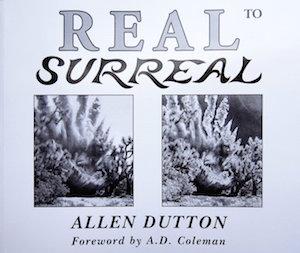
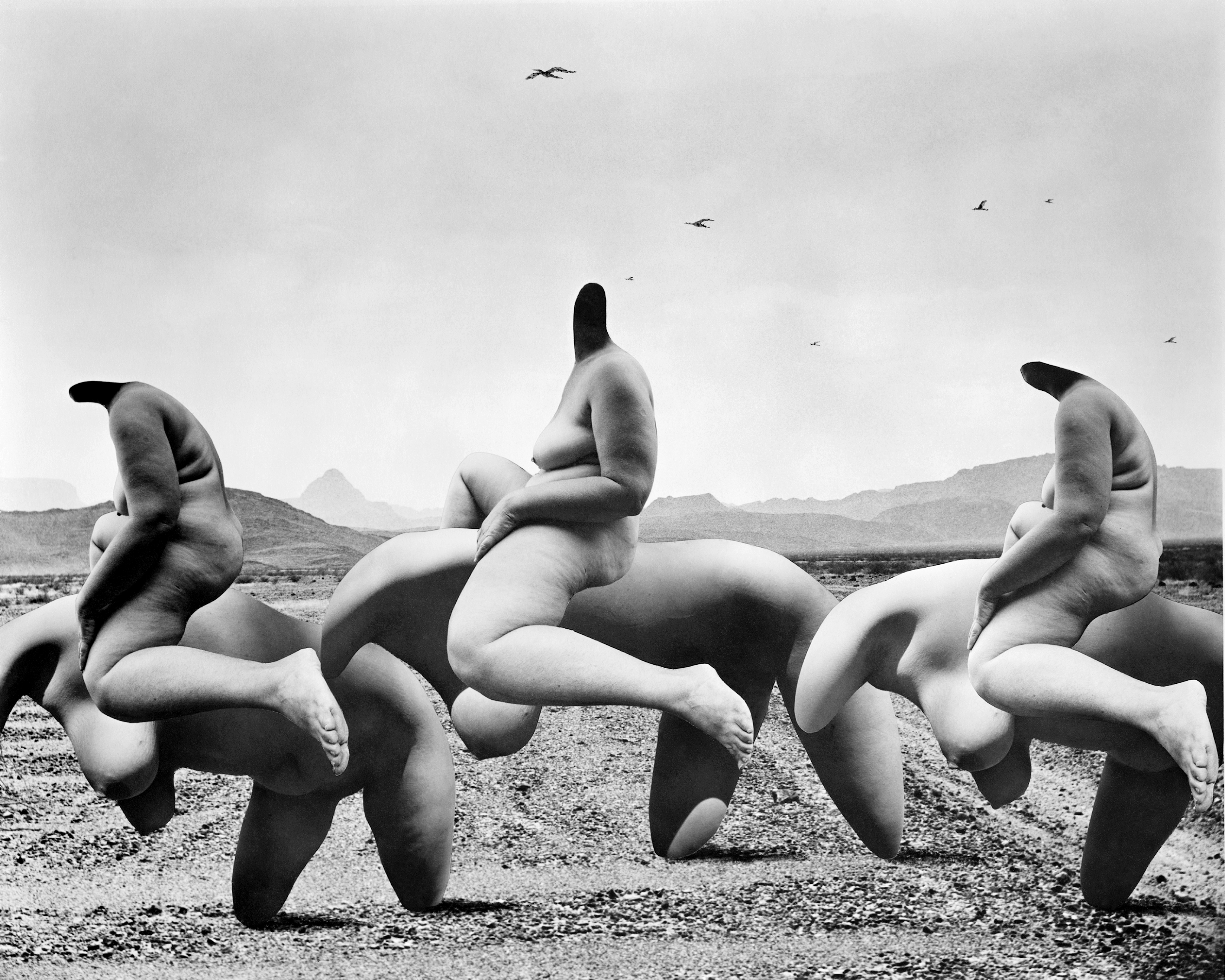
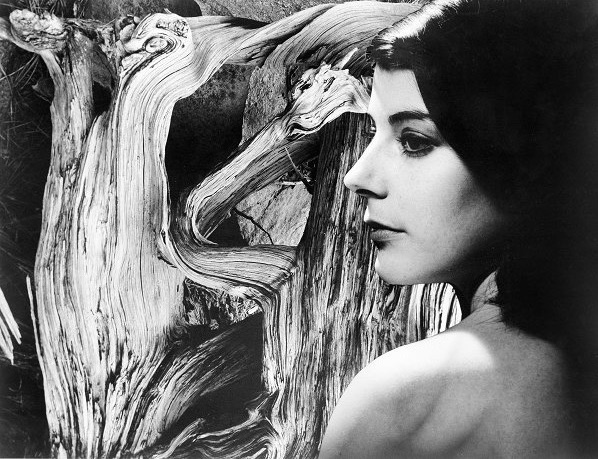
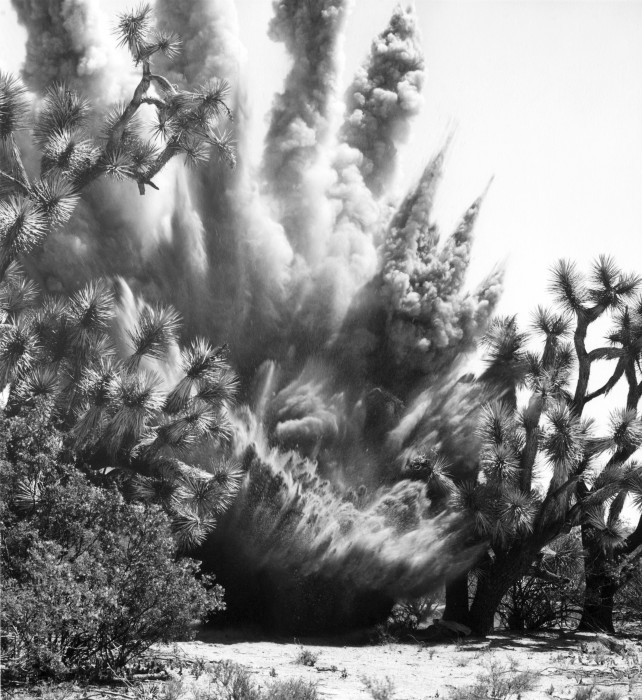
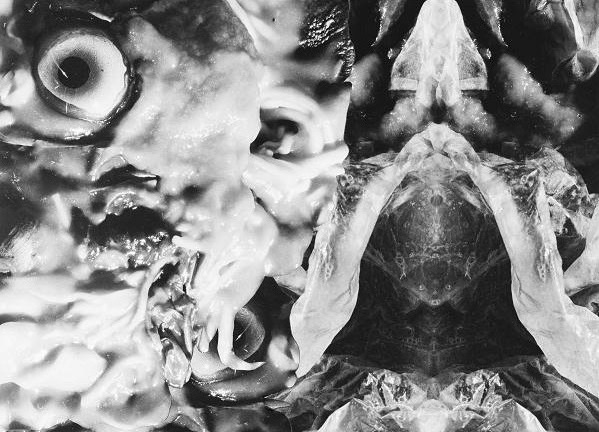
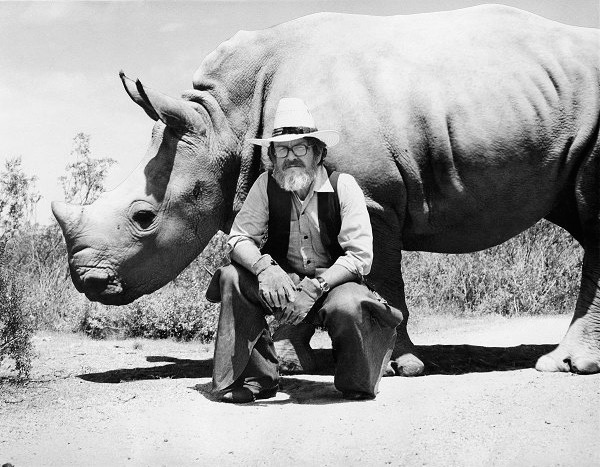
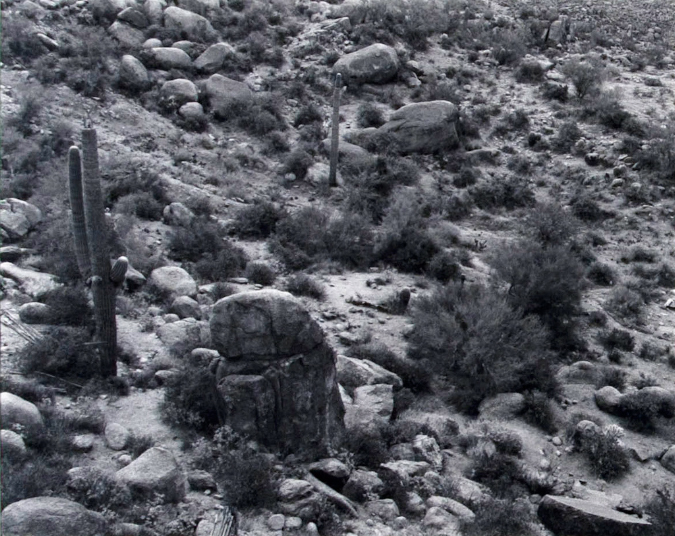
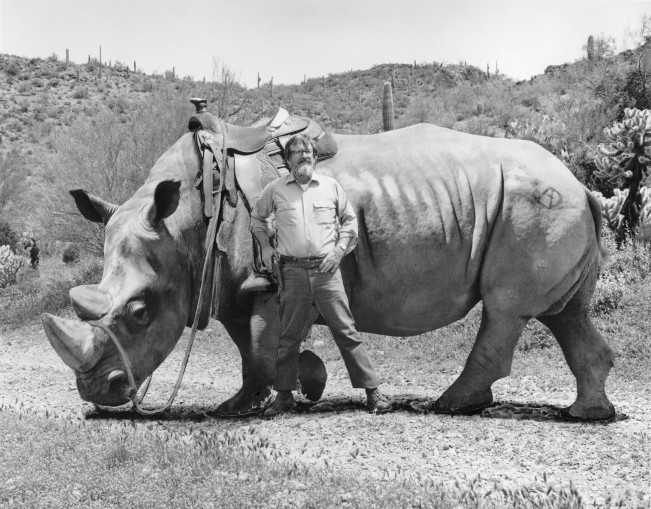




Very interesting overview of Dutton. He and my father (Dave Campbell) were close contemporaries in the art world of Phoenix in the 1940s and ’50s, having been art students together at Arizona State University. Coincidentally, their birthdates are only six days apart as well. He was an occasional guest at our house when I was a child, though I really don’t remember that well. I got to meet him and reminisce a bit at a retrospective show of his work a couple of years ago at the Art Intersection gallery in Gilbert, Ariz.
My sister Marcy and I both studied photography under the interesting professorship of this amazing man. Just a few years later I had a job in shipping and receiving at Wilson camera in downtown Phoenix. One of the owner’s sons made sure that Allen’s book “the great stone tit” was for sale and my worldview was expanded!